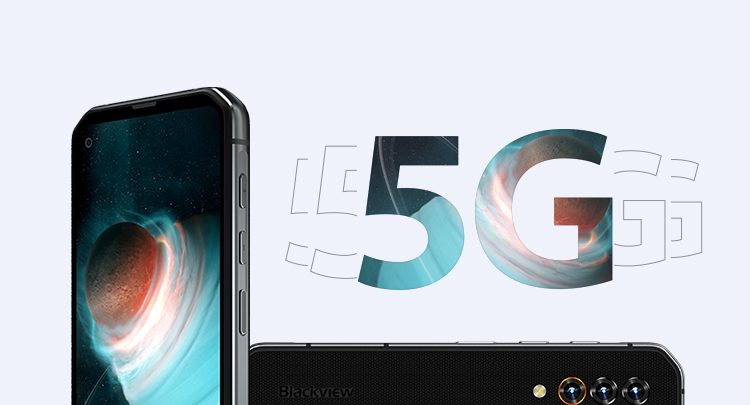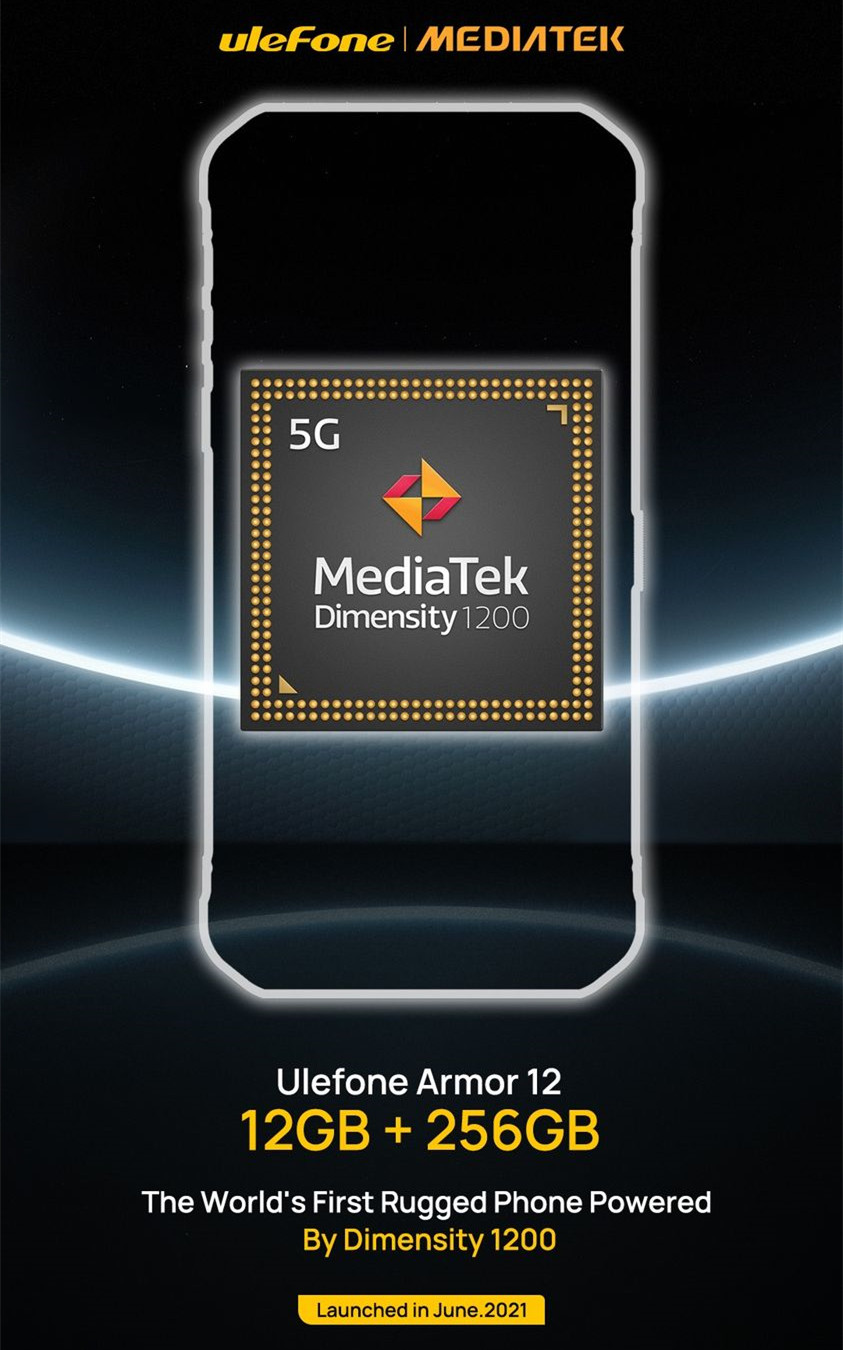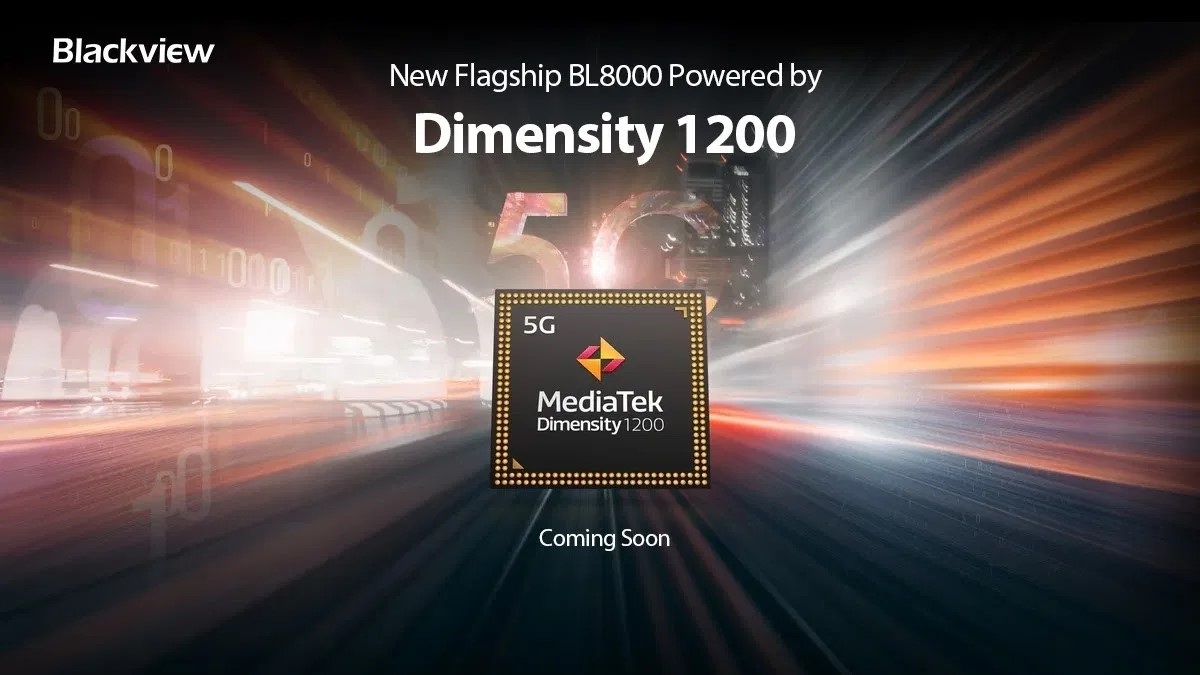
A couple of days back, Mediatek had released 2 flagship Dimensity chips the 1100 and 1200 and we covered that article here. Now 2 manufacturers – Ulefone, a Chinese phone manufacturer, and Blackview – a Hong Kong phone manufacturer have announced that they will be using the latest Dimensity 1200 in their flagship rugged phones.

Ulefone Armor 12:
The Ulefone Armor 12 will be powered by the Mediatek Dimensity 1200, and is expected to launch in June this year.
This handset will be a rugged phone, as are all other Armor – branded smartphones from Ulefone. The Dimensity 1200 is MediaTek’s 6nm processor, and the company’s first to use Cortex-A78 cores.
The Ulefone Armor 12 will ship with 12GB of RAM and 256GB of storage, at least one of its variants. It will become the very first Armor-branded phone to ship with 12GB of RAM. Typical models from the company top out at 8GB RAM. 256GB storage will be a plus this time.
Ulefone will likely release more information on the device in the near future. Until then, we can only guess the rest of its specifications. You can, however, expect at least three cameras on the back, and quite possibly the latest version of Android installed as well. We’ll see, though, we’re only guessing here.

Blackview BL8000:
The company brought the world’s first durable phone with 5G last month with the BL6000 Pro powered by Dimensity 800, and now it says it will bring the first rugged device with the 6nm Dimensity 1200 chipset. The new phone will be called Blackview BL8000
Blackview is known for making Android devices of the highly durable variety, a category that typically involves mid-range SoCs at best. However, the OEM has revealed that its upcoming BL8000 is going more premium in that respect. It will debut with the brand-new MediaTek Dimensity 1200, which incorporates ARM Cortex-A78 cores also seen in the Snapdragon 888 and Exynos 2100.
But the Dimensity 1200 lacks the Cortex X1 core on these chips, so it will more or less compete with Qualcomm’s latest Snapdragon 870 or 865+, but still on the older Cortex A77 CPU. Nevertheless, Blackview is confident that the 1200 will help a user get the most out of their 5G rugged – phone experience.
The announcement contained little in terms of actual specifications of the phone. We only know it will have 12 GB RAM and its chipset, which was just unveiled by Mediatek
Instead they posted some vague promises like the Blackview BL8000 “will fundamentally change the way we use the rugged phone,” and that “it will offer reliable connectivity and multi-touch boost touchscreen responsiveness.”
The company said the BL8000 will make its way to us very soon, without providing an actual date. Blackview also claimed we’ll be able to use its 5G phones while on ski/snowboard slopes and in the mountains – an environment where rugged phones are preferred – although actual 5G coverage is still pretty much non-existent in such areas.
